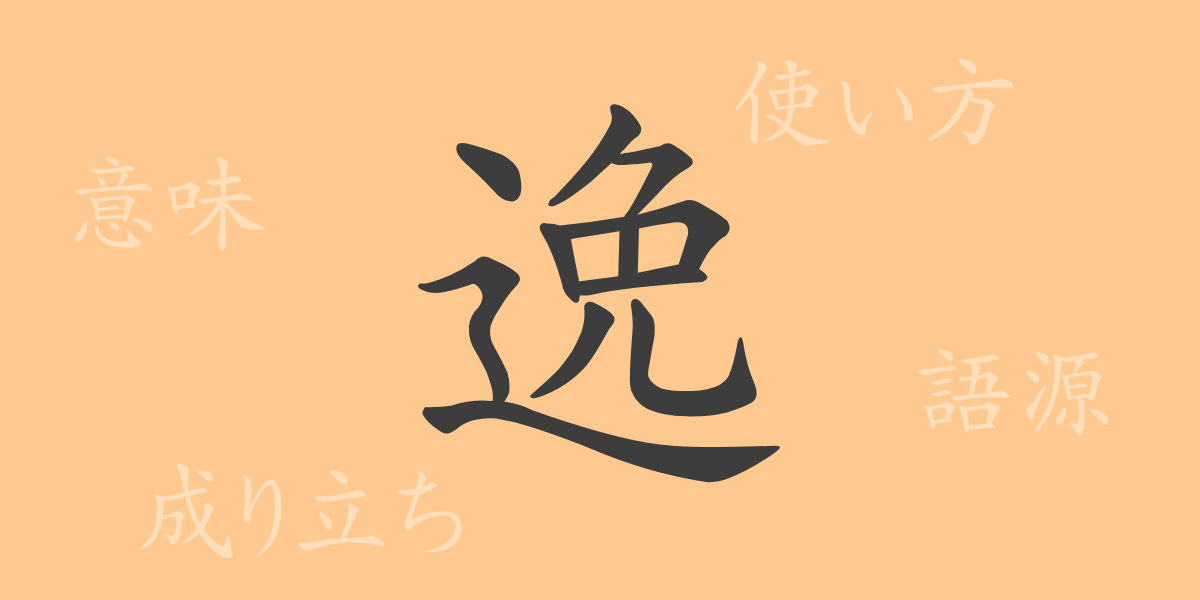“
The beauty of the Japanese language is manifested in its complex and rich character system. Among the commonly used Kanji, ‘逸’ (Itu) holds a special place, deeply embedded in everyday life yet often overlooked in its profound significance. This article explores the origins, meanings, and uses of ‘逸’, delving into its application in idioms and proverbs, revealing the rich world embodied by this single character.
Origins of 逸 (Itu)
The Kanji ‘逸’ traces back to ancient China’s oracle bone script, originally depicting a galloping horse breaking away from a group. Over time, this image evolved to symbolize ‘deviation’ or ‘excellence’, extending its meanings from a literal runaway horse to metaphorical contexts of standing out or diverging.
Meaning and Usage of 逸
‘逸’ encompasses meanings such as ‘to stray’, ‘to deviate’, and ‘to excel’. It appears in everyday language and expressions, adding nuanced significance in various contexts such as ‘逸材’ (exceptional talent), ‘逸脱’ (deviation), and ‘逸話’ (anecdote), illustrating its versatility in describing exceptional or divergent scenarios.
Readings, Stroke Count, and Radical of 逸
The Kanji ‘逸’ not only enriches the Japanese language with its form but also its varied readings and structure:
- Readings: On’yomi (Sino-Japanese reading) is ‘Itu’, while kun’yomi (native Japanese readings) include ‘Sora-su’ and ‘Hagu-reru’.
- Stroke Count: ‘逸’ consists of 11 strokes.
- Radical: Its radical is ‘辵’ (Sinnyou), which signifies ‘to travel along a path’, linking to the meanings of ‘escaping’ or ‘straying’ inherent in ‘逸’.
Idioms, Phrases, and Proverbs Involving 逸
The character ‘逸’ features in various idioms and proverbs, each carrying unique implications:
- 逸材 (Ituzai): Refers to a person with exceptional talents.
- 逸脱 (Itudatu): Describes deviating from the main course or norm.
- 逸話 (Ituwa): Pertains to unique or secret tales about a person.
- These expressions reflect just a fraction of the usage of ‘逸’ in Japanese, showcasing its ability to convey distinctiveness and divergence.
Conclusion on 逸
The Kanji ‘逸’ offers a profound glimpse into the breadth of meanings and applications it has accumulated over centuries. Originally depicting a horse breaking free from its herd, it now enriches modern Japanese with terms like ‘逸脱’ and ‘逸材’, used across various contexts. Understanding the historical and cultural backdrop of this character enables us to appreciate the richness of Japanese expressions and enhances our enjoyment and mastery of the language. Discovering the unique allure of ‘逸’ deepens our understanding of Japanese and enriches our linguistic experience.
“

























